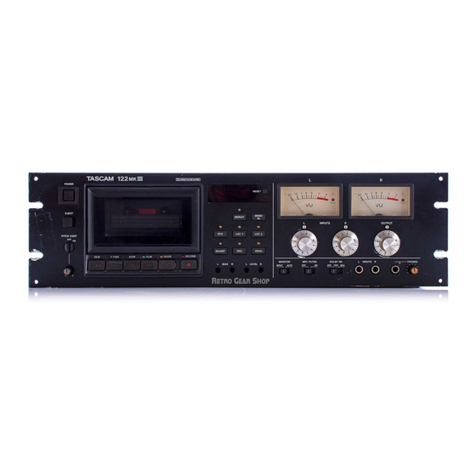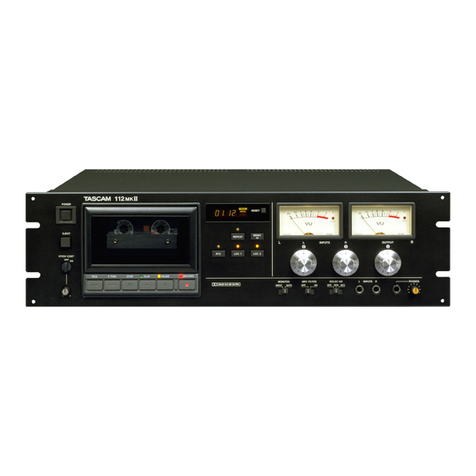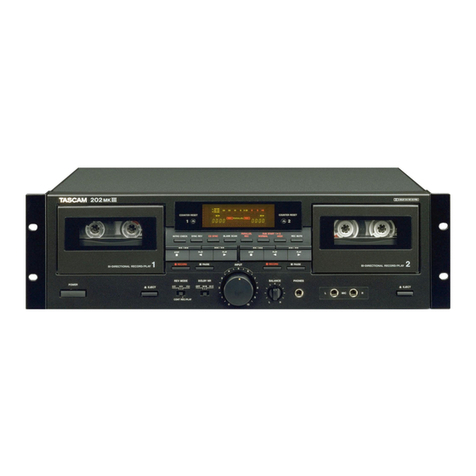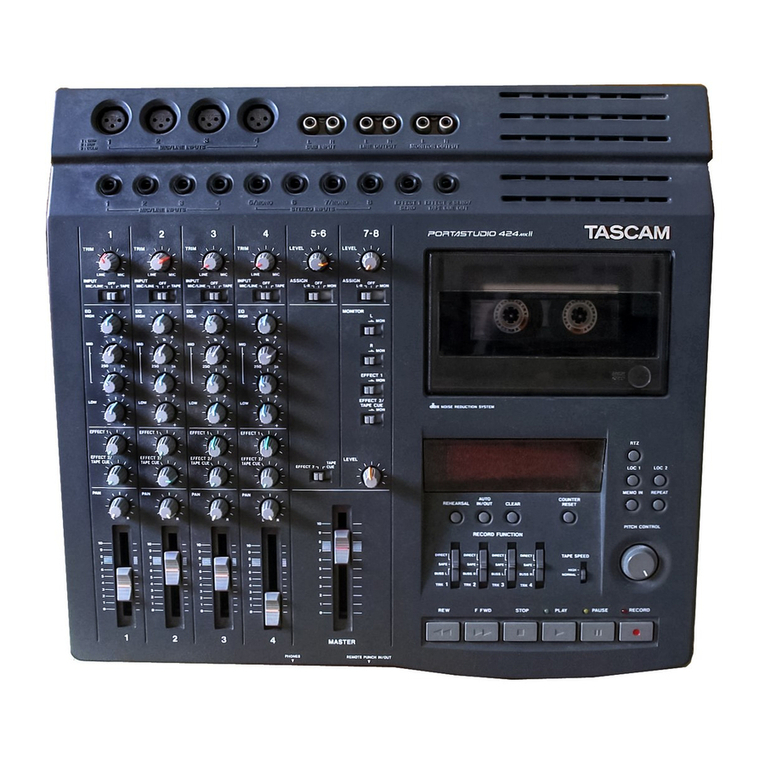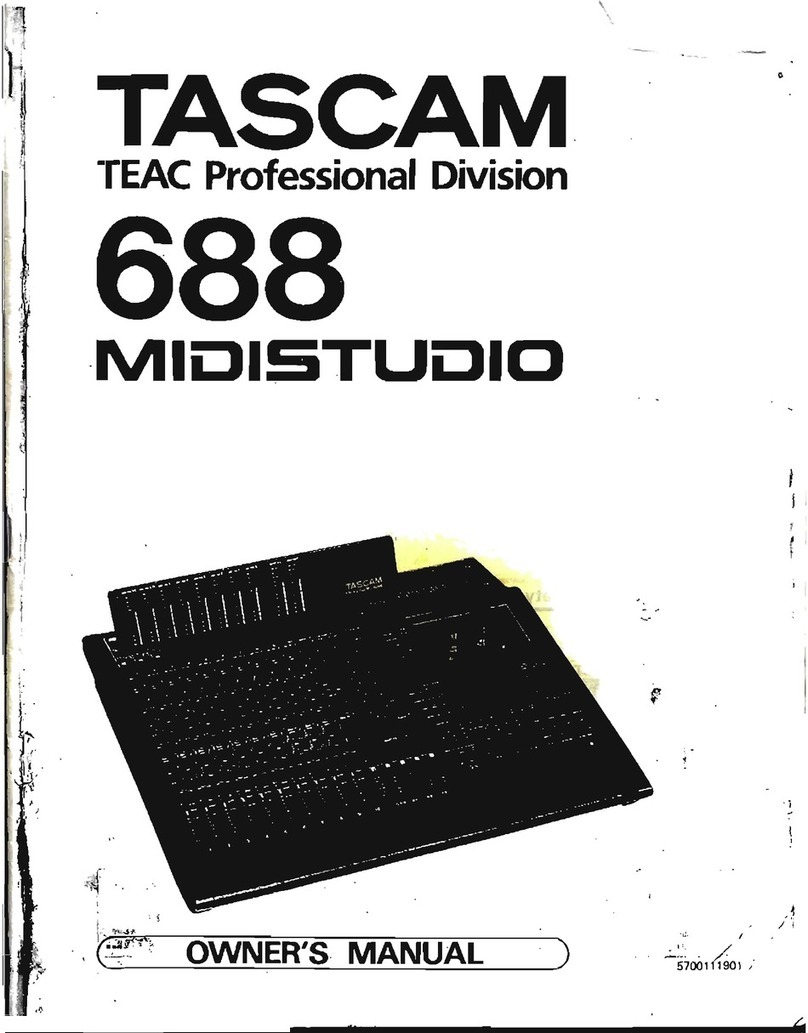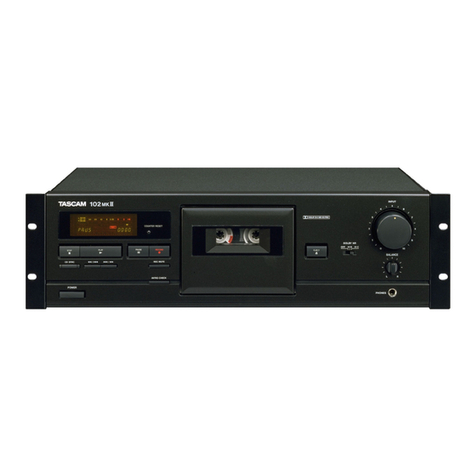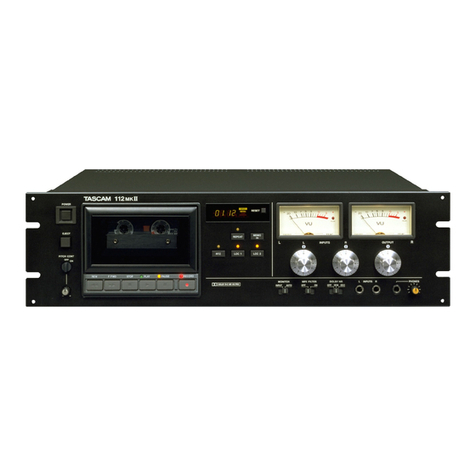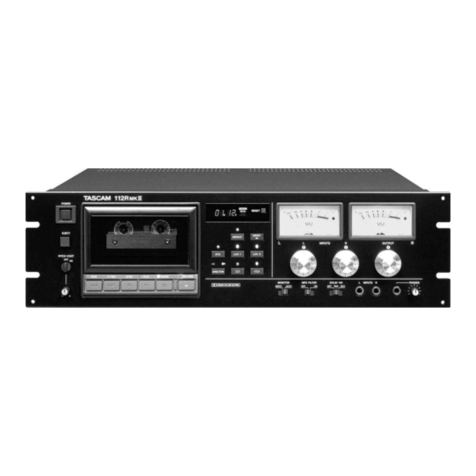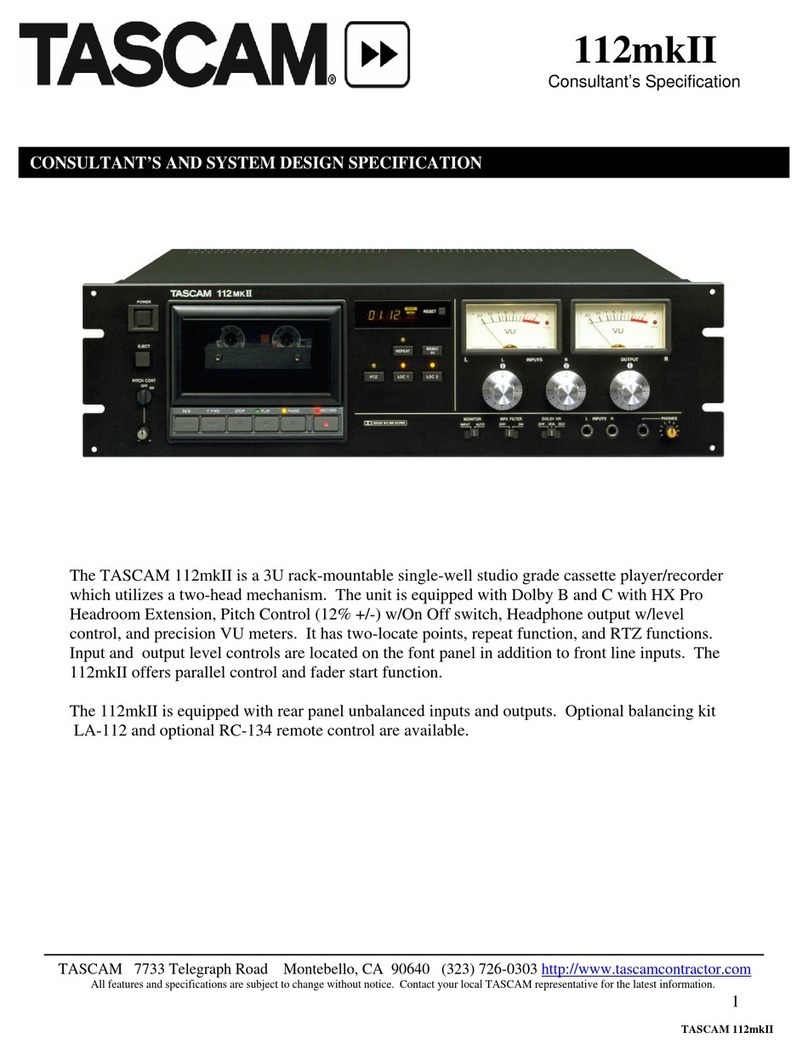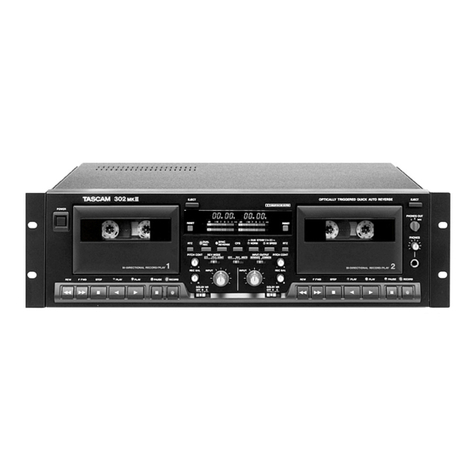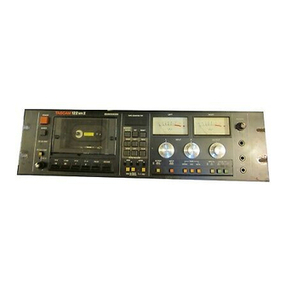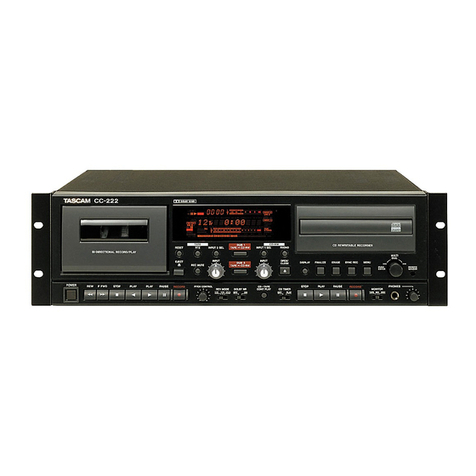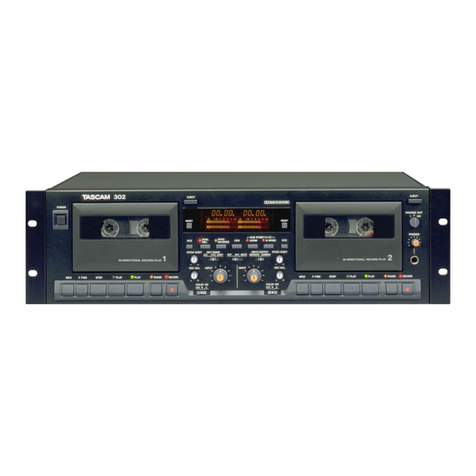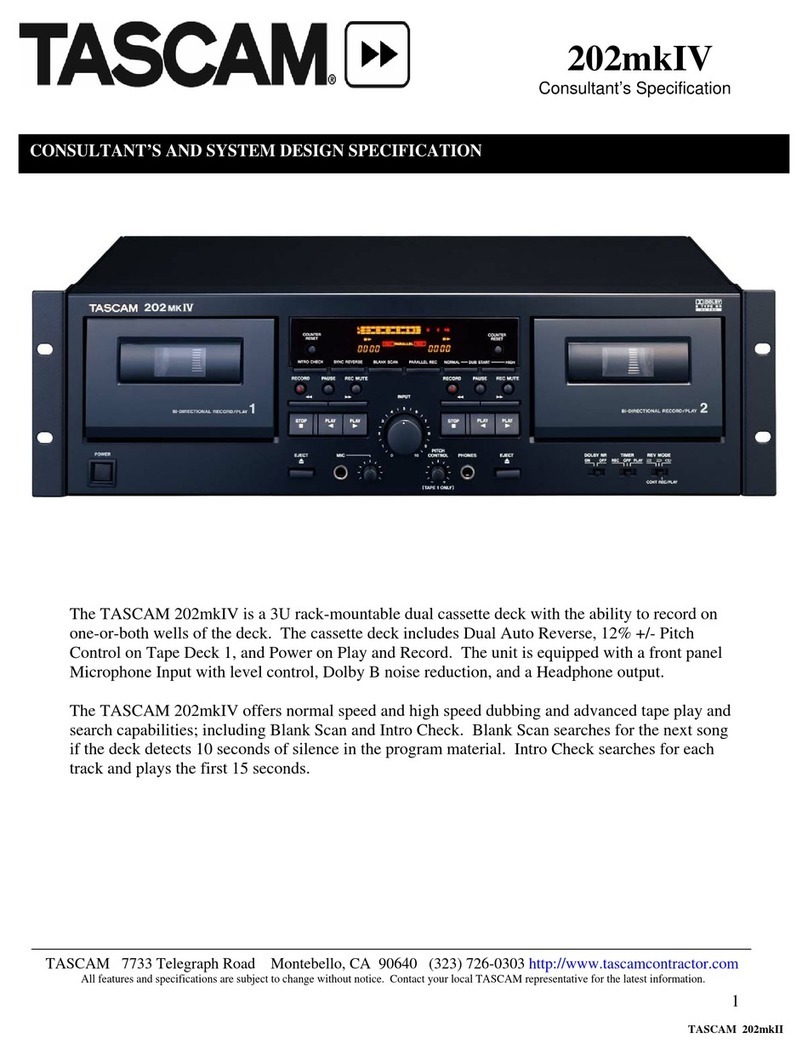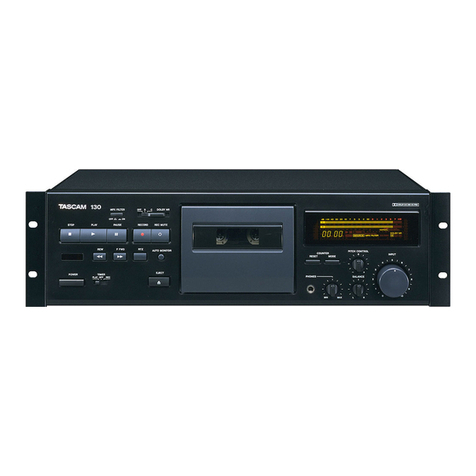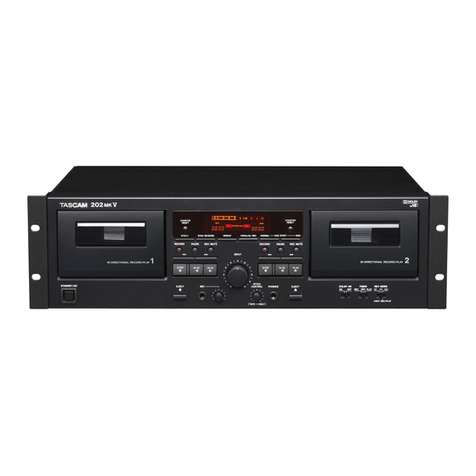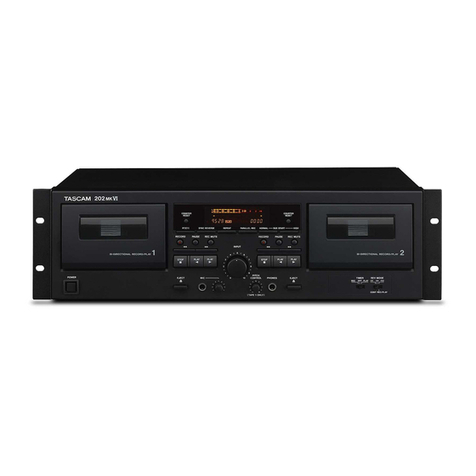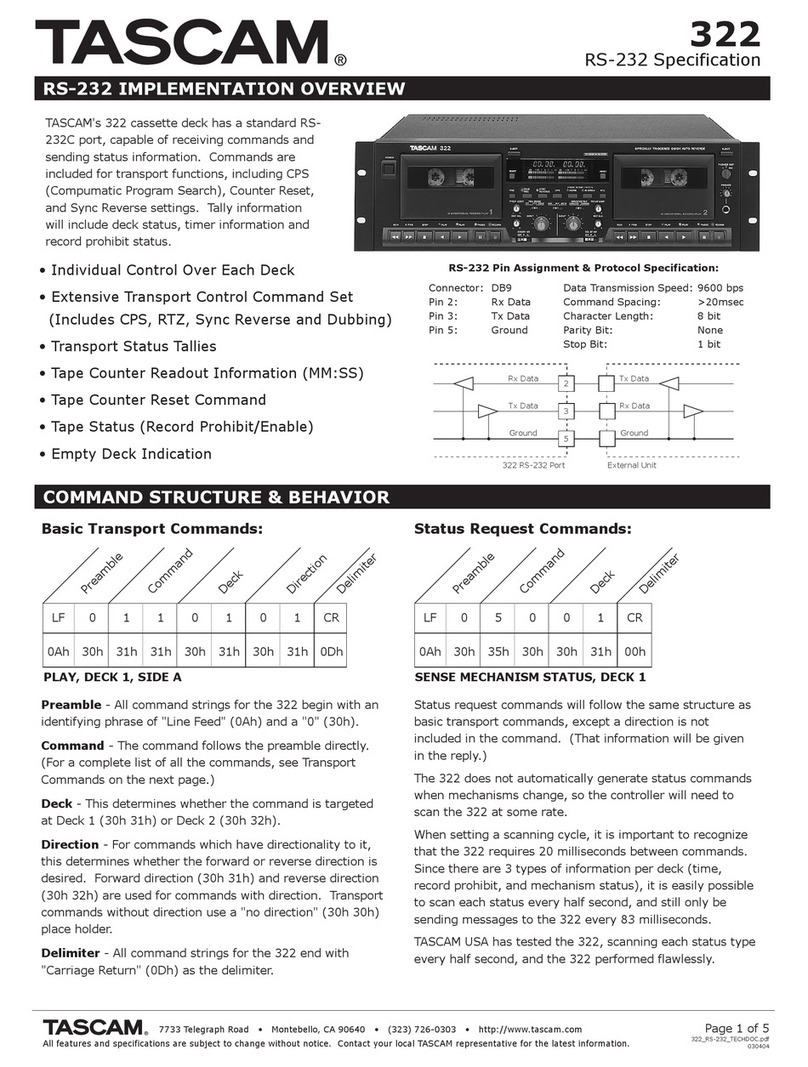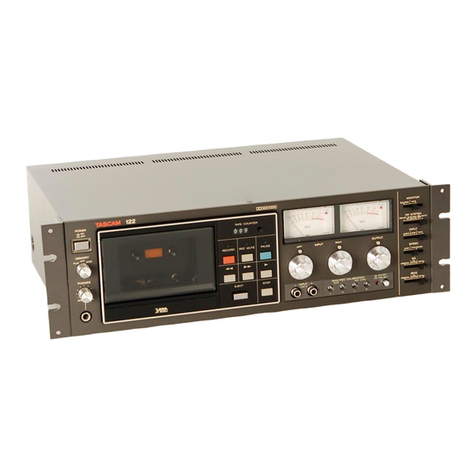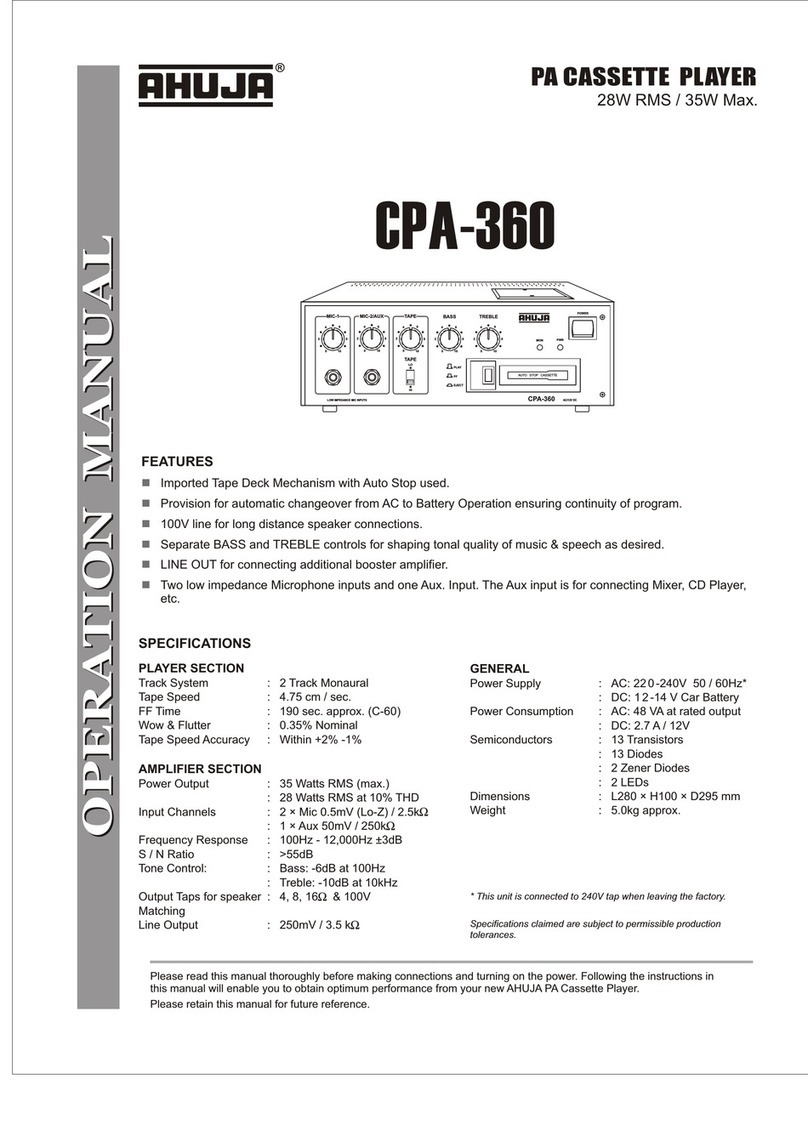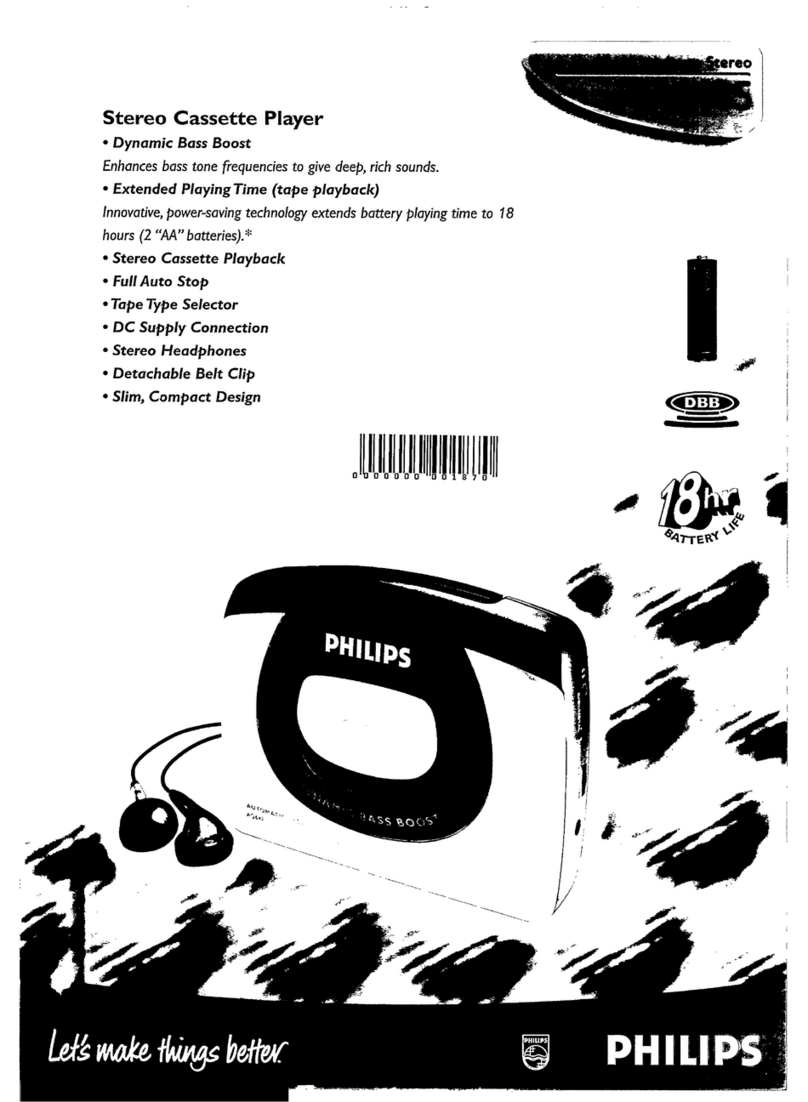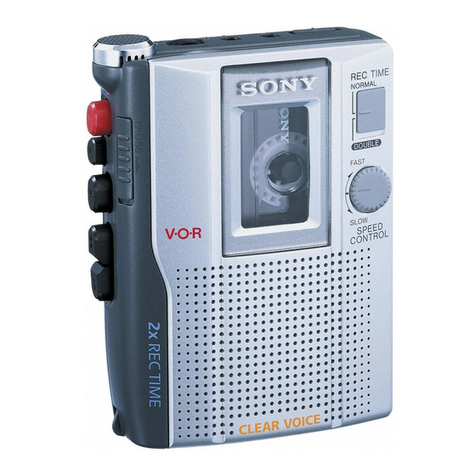1
Important Safety Precautions Safety Instructions i
CAUTION: 13. Cleaning -- The appliance should be cleanedonly as recom-
CAUTION A CAUTION:TOREDUCETHERISKOFELECTRICSHOCK.DONOTREMOVECOVER • Read all of these instructions, mendedby the manufacturer.'
L*lE AlE (ORBACK).NO USER-SERVICEABLEPARTSINSIDE. REFER SERVICINGTO •Save theseinstructions for lateruse. 14. PowerLines - An outdoor antenna should be Iocatad away
QUALIFIEDSERVICEPERSONNEL. •Follow all warnings and instructions marked on the from power lines.
audio equipment.
,_The_ightning_ashwitharr_whe_dsymb___withinaneq_i_at_ra_triang_e'isintendedt_a_erttheuser 15.Outdoor Antenna Grounding - If an outside antenna'is
tothepresenceofuninsulated"dangerousvoltage"withintheproduct'senclosurethatmaybeof1. Read Instructions --All thesafety andoperating instructions connected to the receiver, be sure the antenna system is
sufficientmagnitudetoconstituteariskofelectricshocktopersons, should bereadbefore the appliance isoperated,grounded so as to provide some protection againstvoltage
i2. Retain Instructions--Thesafetyandoperatinginstructions surges and built up static charges. Section 810 of the
National Electrical CoderANSI/NFPA No.70 - 1984,pro-
,_ Theexclamationpointwithinanequilateraltriangleis intendedto alerttheusertothe presenceof should be retained for future reference, rides information with respectto proper grounding of the: importantoperatingandmaintenance(servicing)instructionsintheliteratureaccompanyingthe 3. Heed Warnings - All warningson the appliance and in the mast and supporting structure, grounding of the lead-in
appliance. •operating instructions should beadheredto. wire to an antenna dischargeunit, size of grounding con-
4. Follow Instructions - All operating and use instructions ductors, location of antenna-dischargeunit,connectionto
Ishould befollowed,grounding electrodes, and requirements for the grounding
This
appliance
hass serial
numberlocated
WARNING: TO PREVENT FIRE OR SHOCK ,. Water and Moisture- The appliance should not be used
ontherearpanel.Reaserecordthemodel electrode. See Figure below.
numberandserialnumberandretainthemfor
yourrecords. HAZARD,DONOTEXPOSETHIS near water - for exenlple, near abathtub,washbowl, kitchen
Modelnumber APPLIANCETORAINOR-.n,eT,,.¢sink, laundry tub,in a wet basement, or near a swimming zxAMFLZOrANTENNAGROUNmZ_G
Sedalnumber IVIUIOIUDF= pool, etc. _LSErC.r_ZNc_O_[
6. Carts and Stands-- The applianceshould beused only with
a cart or standthat is recommendedby themanufacturer.
6A. An appliance and cart combination .should be moved with
care. Quick stops, excessiveforce,and unwen surfaces may _N_
NOTE FOR U.K. CUSTOMERS causethe applianceand cart combination to overturn. _R¢
THIS DIGITAL APPARATUS DOES NOT EX- CRO_,O _,
Dueto the variety of plugs being used in theNOISE EMISSIONS FROM DIGITAL APPARA-
U.K.,this unit is sold without an AC plug. Please TUS AS SET OUT IN THE RADIO INTER- *'_(_s%,_,o_..,_,o_,or
request your dealer to install thecorrect plug to FERENCE REGULATIONS OF THE CANADIAN
match the mains power outlet where your unit DEPARTMENT OF COMMUNICATIONS.
will be used as per these instructions. 0_o_,_ _o,0_o_
LE PRESENT APPAREl L NUMERIQUE N'EMET _(c s(c_o._,o-,,)
PAS DE BRUITS RADIOELECTRIQUES DE-_o_.oc_,_
PASSANT LES LIMITES APPLICABLES AUX E_o_.=,_
-C_CTROOESTSlrEM
(N(C_TZS0.P_TH)
APPAREILS NUMERIQUES DE CLASSE B 7. Wall orCeilingMounting- The appliance should bemount-NEC-NATIONALEL£CTRmJ¢CO0(
PRESCRITES DANS LE REGLEMENT sun LE ed to a wall or ceiling only as recommended by the manu-
BROUILLAGE RADIOELECTRIQUE ED CTE fasturer.
PAR LE MINISTERE DES COMMUNICATIONS 8. Ventilation - The appliance should be situated so that its 16. Nonuse Periods -- The power cord of the appliance should
DU CANADA. location or position does not interferewith its proper venti-be unplugged from the outlet when left unused for a long
lation.For example, the appliance should not be situated period of time.
on a bed,sofa, rug,or similar surface that may block the
ventilation openings; or,placed in a built-in installation,17. Object and Liquid Entry - Care should be takenso that
such as a bookcaseor cabinet that may impede the flow of objects do not fall and liquids are not spilled into theen-
air through the ventilation openings, closurethrough openings,
Bescheinigung des Herstellers/Importeurs 9. Heat - The appliance,should be situated away from heat 18. Damage Requiring Service - The applianceshould be ser-
•sourcessuch as radiators,heat registers,stoves,or other viced by qualified servicepersonnelwhen:
Hierrnitwird bescheinigt,dabder/die/das appliances(including amplifiers) that produce heat. A. The power-supply cord or the plug hasbeendamaged; or
B.Objects have fallen,or liquid has been spilled into the
MlSCHPULT MIT MAGNETTONBANDGERAT 424 10. Power Sources- The appliance should be connected to a appliance; or
"- (Ger4t,TyJp.Bezeichnung) ,_. power supplyonly of the type describedin the operating in- C. The appliance has beenexposedto rain; or
structionsor asmarked ontheappliance. D. The appliance does not appear to operate normally or
in Ubereinstimrnungmitden Bestimmungencler 11. Grounding or Polarization -- The precautions that should exhibits a marked change inperformance; or
,AMrSBLATT163/1984,VFG1045/1984,VRi1046/1984 be taken so that the grounding or polarization meansof an E. The appliance hasbeen dropped,or the enclosure darn-
(AmtsblattverfOgung) appliance isnot defeated, aged.
12. Power-Cord Protection - Power-supply cords should be 19. Servicing - The usershould not attempt to service the
THE APPLIANCE CONFORMS WITH EEC DI REC-funk-entstGrtist. routed so that they are not likely to be walked on or pinch-appliance beyond that described in the operating instruc-
TIVE B7/308/EEC REGARDING INTERFERENCE Per Deutschen Bundespost wurde des Inverkehrbringen ed by items placed upon or againstthem, paying particular tions. All other servicing should be referred to qualified
dieses GerBtes angezeigt und die Berechtigungzur 0her-attention to cords at plugs, convenience receptacles,and servicepersonnel.
S UPPR ESSI ON prOfungderSerieaufEinhanungderBestirnmungeneinger_tumt, the point where they exit from the appliance.
CON FORME AL D.M. 13 APRI LE 1989 TEAC CORPORATION
DIRETT I VA CE E/87/308 NamedesHerstellers/Importours
2 3
